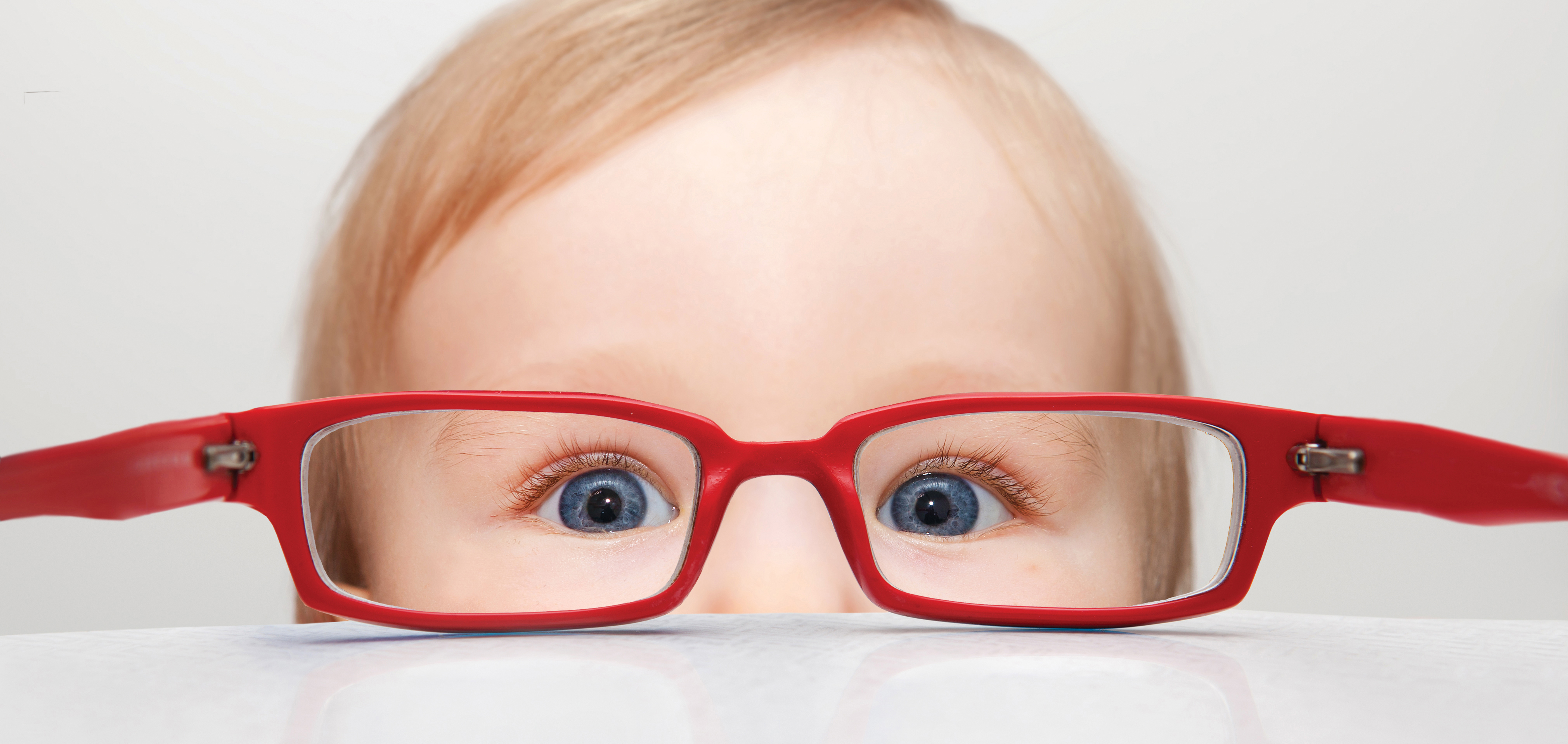
June is Cataract Awareness Month. This is a time to raise cataract awareness and help to educate people about one of the leading causes of treatable vision loss in the United States. There are 24 million Americans over the age of 40 who are affected by cataracts, so it seems fitting that an entire month should be dedicated to cataract education and awareness.
A cataract is a clouding of the eye’s lens, which blocks or changes the passage of light into the eye. The lens of the eye is located behind the pupil and the colored iris, and is normally transparent. Vision may become blurry or dim because the cataract stops light from properly passing through to the retina. Generally, a cataract does not cause pain, redness or tearing, but does cause increasing difficulty in seeing clearly.
Here is an overview of Cataracts:
Cataract symptoms:
- Cloudy
- Night vision
- Glare
- Halo
- New glasses
- Yellow tint
- Double vision
Some Risk factors for cataracts include:
- Older age
- Intense heat or long-term exposure to UV rays from the sun
- Certain diseases, such as diabetes
- Inflammation in the eye
- Hereditary influences
- Long-term steroid use
- Eye injuries
- Eye diseases
- Smoking
Cataracts can be easily diagnosed and visiting your eye doctor regularly is important in helping protect your eyes from further damage. An annual eye exam is recommended for everyone over the age of 60, and bi-annual exams for adults between 41-60 years to check for developing eye or vision problems.
There are a few treatment options, below is one of the newest options:
There is no proven way to prevent age-related cataracts. However, choosing a healthy lifestyle can slow the progression of cataracts. Some ways to delay the progression of cataracts include avoiding smoking, reducing exposure to UV rays, eating healthy foods, and wearing proper eye protection to avoid eye injury.
For more information and where you can find support for Cataracts click here .






 Some studies have found that fish oil can reverse dry eye, including dry eye caused by spending too much time on a computer.
Some studies have found that fish oil can reverse dry eye, including dry eye caused by spending too much time on a computer.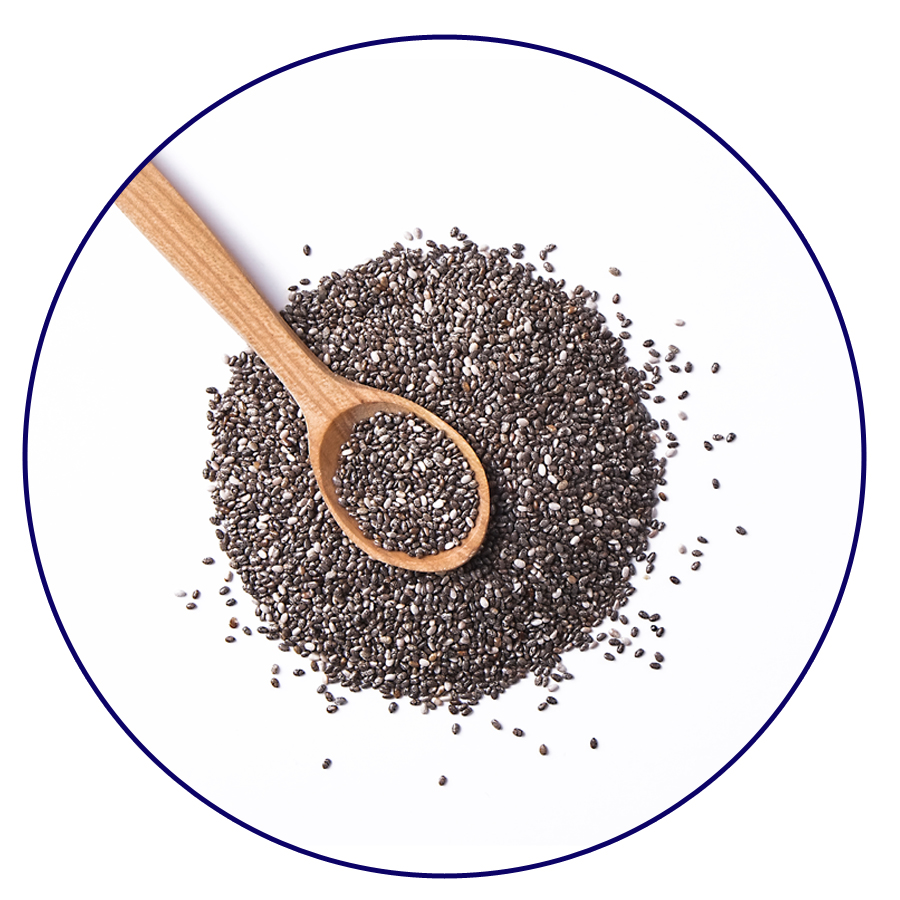
 Citrus fruits are rich in vitamin C. Just like vitamin E, vitamin C is an antioxidant that is recommended to fight age-related eye damage.
Citrus fruits are rich in vitamin C. Just like vitamin E, vitamin C is an antioxidant that is recommended to fight age-related eye damage.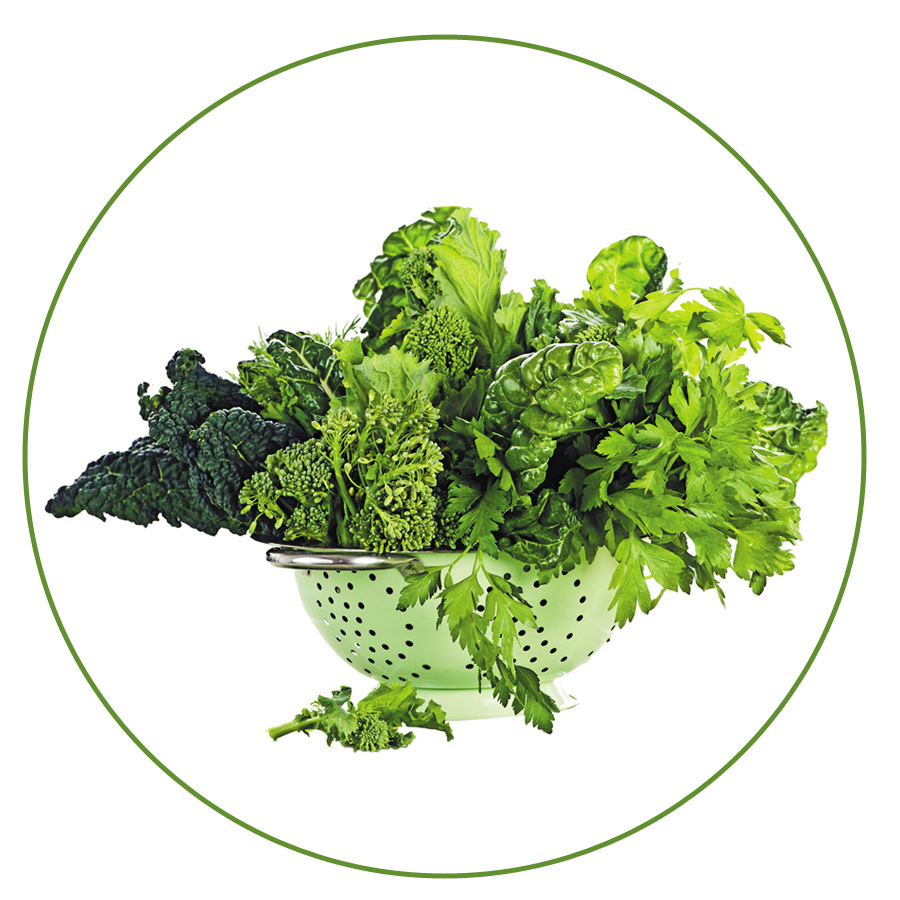
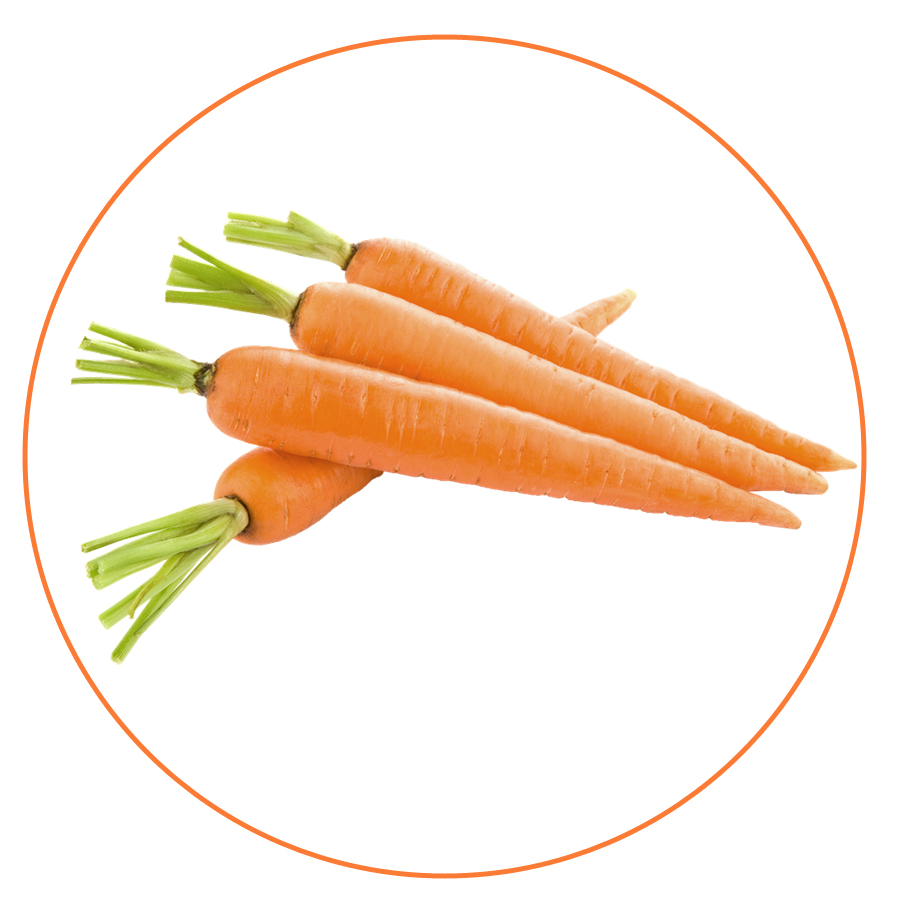

 Beef is rich in zinc, which has been linked to better long-term eye health. Zinc can help delay age-related sight loss and macular degeneration.
Beef is rich in zinc, which has been linked to better long-term eye health. Zinc can help delay age-related sight loss and macular degeneration.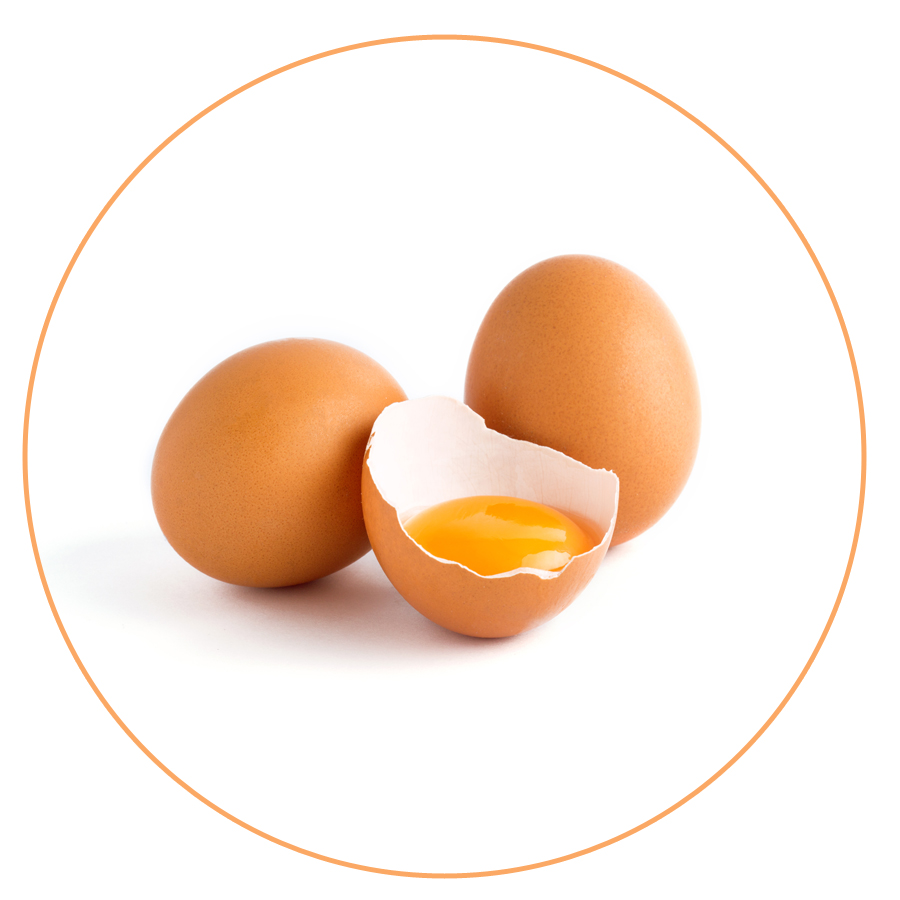
 It may come as no surprise that a fluid essential to life is also vital to eye health.
It may come as no surprise that a fluid essential to life is also vital to eye health. Step 1: Light passes through a thin layer of moisture
Step 1: Light passes through a thin layer of moisture
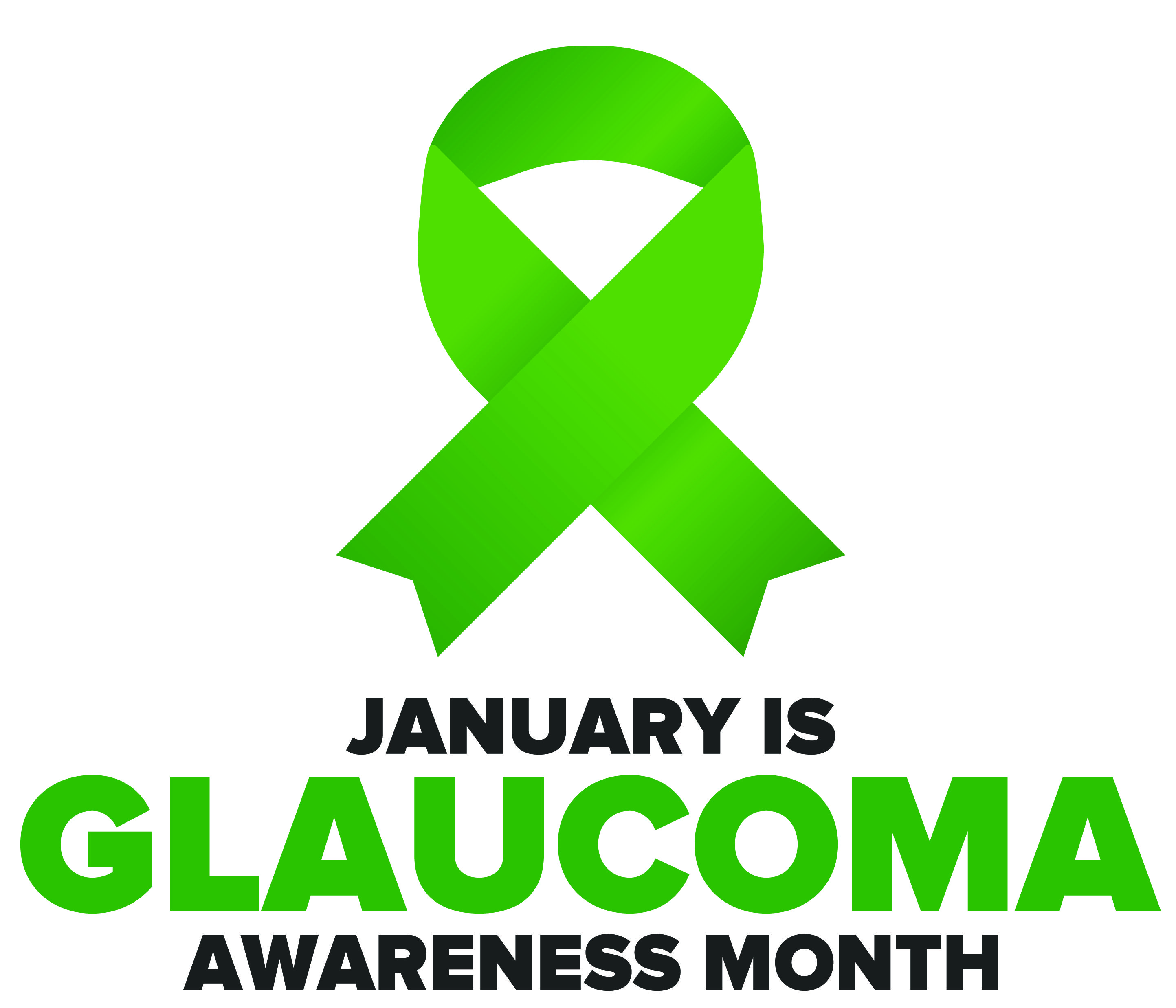 National Glaucoma Awareness Month reminds all of us to get regular eye exams and show support for those suffering from this condition.
National Glaucoma Awareness Month reminds all of us to get regular eye exams and show support for those suffering from this condition. 


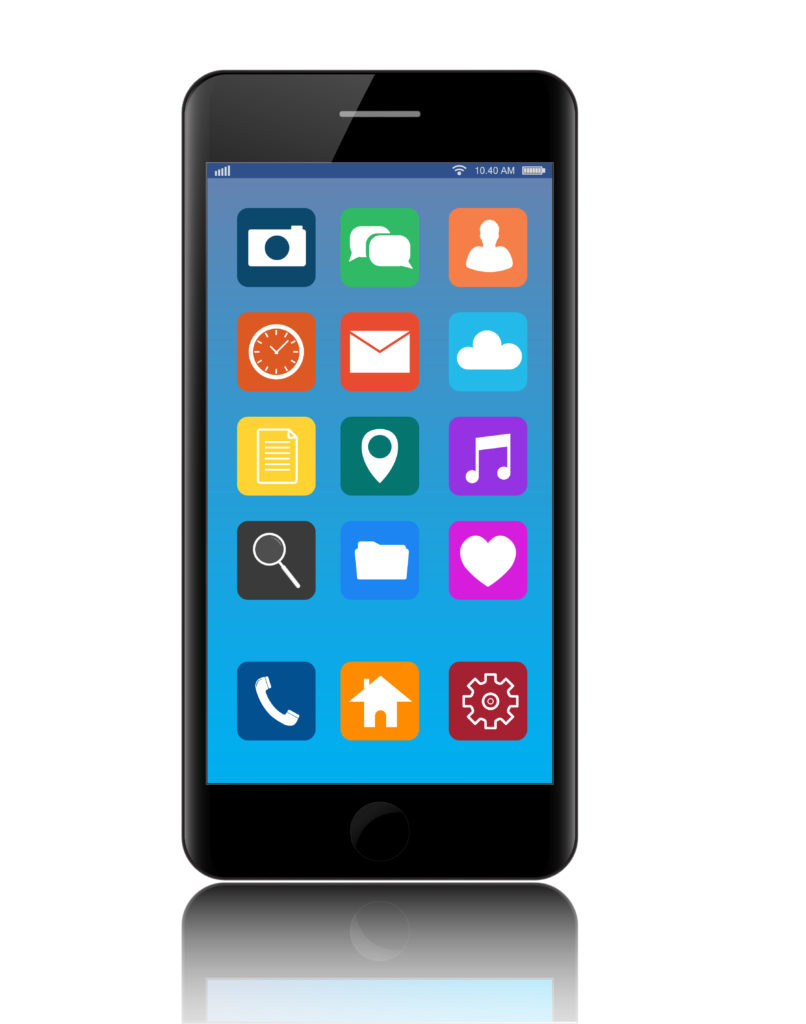 Smartphones have opened the door to a world of possibilities, further than we could have ever imagined. While they are commonly used to communicate with others, keep up with social media, and perform simple tasks, smartphones have innovations that allow accessibility and functionality to the blind and visually impaired. With the help of a smartphone, smartwatch, or tablet, the “blind” or visually impaired can virtually “see” and become more independent.
Smartphones have opened the door to a world of possibilities, further than we could have ever imagined. While they are commonly used to communicate with others, keep up with social media, and perform simple tasks, smartphones have innovations that allow accessibility and functionality to the blind and visually impaired. With the help of a smartphone, smartwatch, or tablet, the “blind” or visually impaired can virtually “see” and become more independent. 




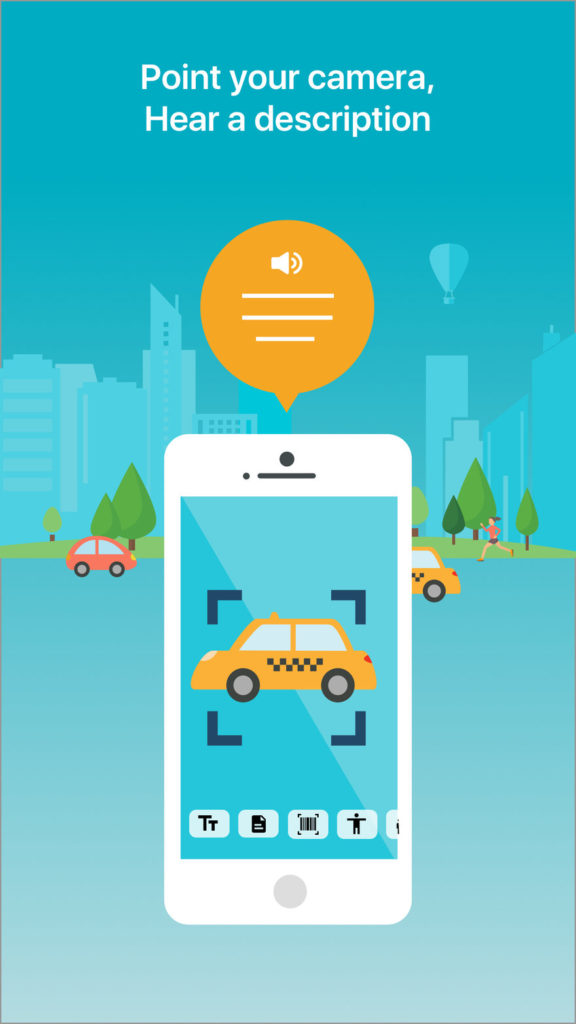


 Healthy Aging Month is an annual health observance designed to focus national attention on the positive aspects of growing older. Aging is a process that brings many changes. Vision loss and blindness, however, do not have to be one of them. There are several simple steps you can take to help keep your eyes healthy for the rest of your life.
Healthy Aging Month is an annual health observance designed to focus national attention on the positive aspects of growing older. Aging is a process that brings many changes. Vision loss and blindness, however, do not have to be one of them. There are several simple steps you can take to help keep your eyes healthy for the rest of your life.